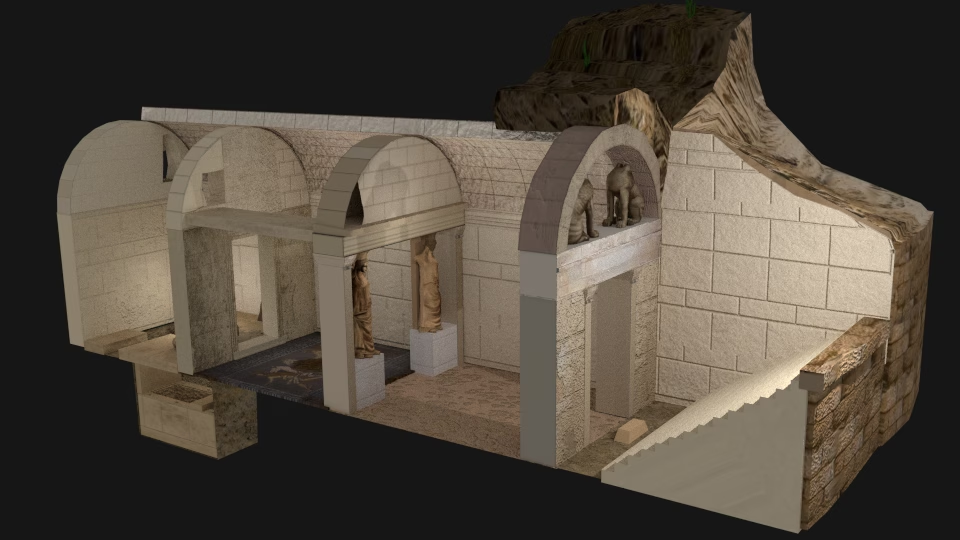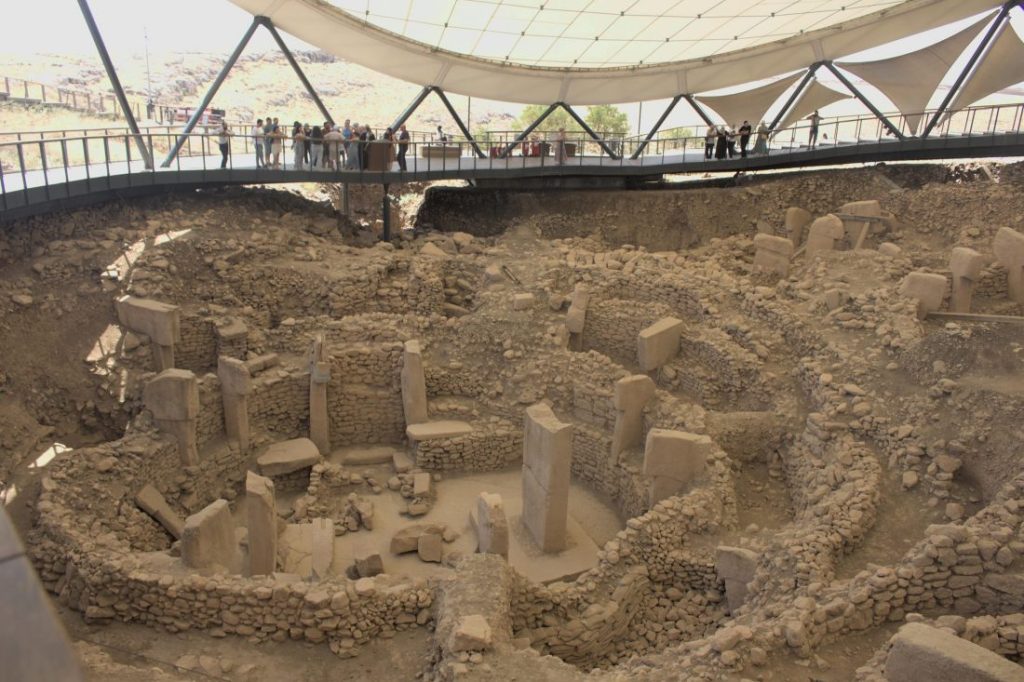The Kastas Monument in Amphipolis, one of the largest funerary structures of the ancient world, has revealed a celestial mystery. Groundbreaking research combining archaeology and solar modeling now shows that this grand tomb was not only a masterpiece of ancient engineering—it was also a cosmic expression of love, loyalty, and legacy, commissioned by Alexander the Great for his dearest companion, Hephaestion.
A Monument Built on Memory and Majesty
Discovered in 2012 in the Central Macedonian region of Greece, the Kastas Tomb instantly captivated archaeologists and the public alike. But it was in 2015 that the narrative shifted dramatically: researchers confirmed that the tomb was built at Alexander’s command in memory of Hephaestion—a trusted general and perhaps the most significant emotional figure in the conqueror’s life.
The sheer scale of the monument and its intricate design reflect the high status of its intended occupant. Within the tomb, archaeologists uncovered a spectacular mosaic depicting the abduction of Persephone—a myth rich in themes of death, rebirth, and transformation. The monument was once crowned by the Lion of Amphipolis, a symbol of strength and heroic legacy.

Sunlight as Sacred Design: The Winter Solstice Alignment
A recent study published in the Nexus Network Journal employed advanced 3D simulations and solar-tracking tools to examine how the Kastas Monument interacted with natural light. Researchers found clear evidence that the tomb was deliberately aligned with the winter solstice sunrise.
This alignment likely illuminated specific architectural elements—possibly even a now-missing statue—during key solar events. Such cosmic choreography wasn’t merely aesthetic; it carried deep spiritual and symbolic meaning. The light’s path echoes ancient Macedonian religious beliefs, especially those linked to the cult of Cybele, and may have served as a visual metaphor for eternal remembrance and divine connection.
Blending Ancient Knowledge with Modern Technology
This research exemplifies a new frontier in archaeology, where digital innovation meets historical interpretation. Using solar-architectural modeling, scholars can now validate theories about ancient design intentions with scientific precision, offering fresh insights into how civilizations viewed and shaped their world through celestial cycles.
A Legacy Illuminated by the Sun
More than a burial site, the Kastas Tomb stands as a political gesture, a spiritual sanctuary, and a deeply personal testament. By aligning the monument with the movements of the sun, Alexander the Great transformed Hephaestion’s resting place into a living memory—a structure that would, quite literally, shine with the power of the heavens.
As sunlight once touched its sacred halls on the darkest day of the year, so too does modern research now shine new light on one of antiquity’s most extraordinary tributes to love, loyalty, and the eternal bond between men and the cosmos.
Savvides, D. (2025). Illuminating the Kastas Monument Enigma: A Computational Analysis of Solar-Architectural Interaction. Nexus Netw J. doi:10.1007/s00004-025-00817-z
Cover Image Credit: Public Domain





